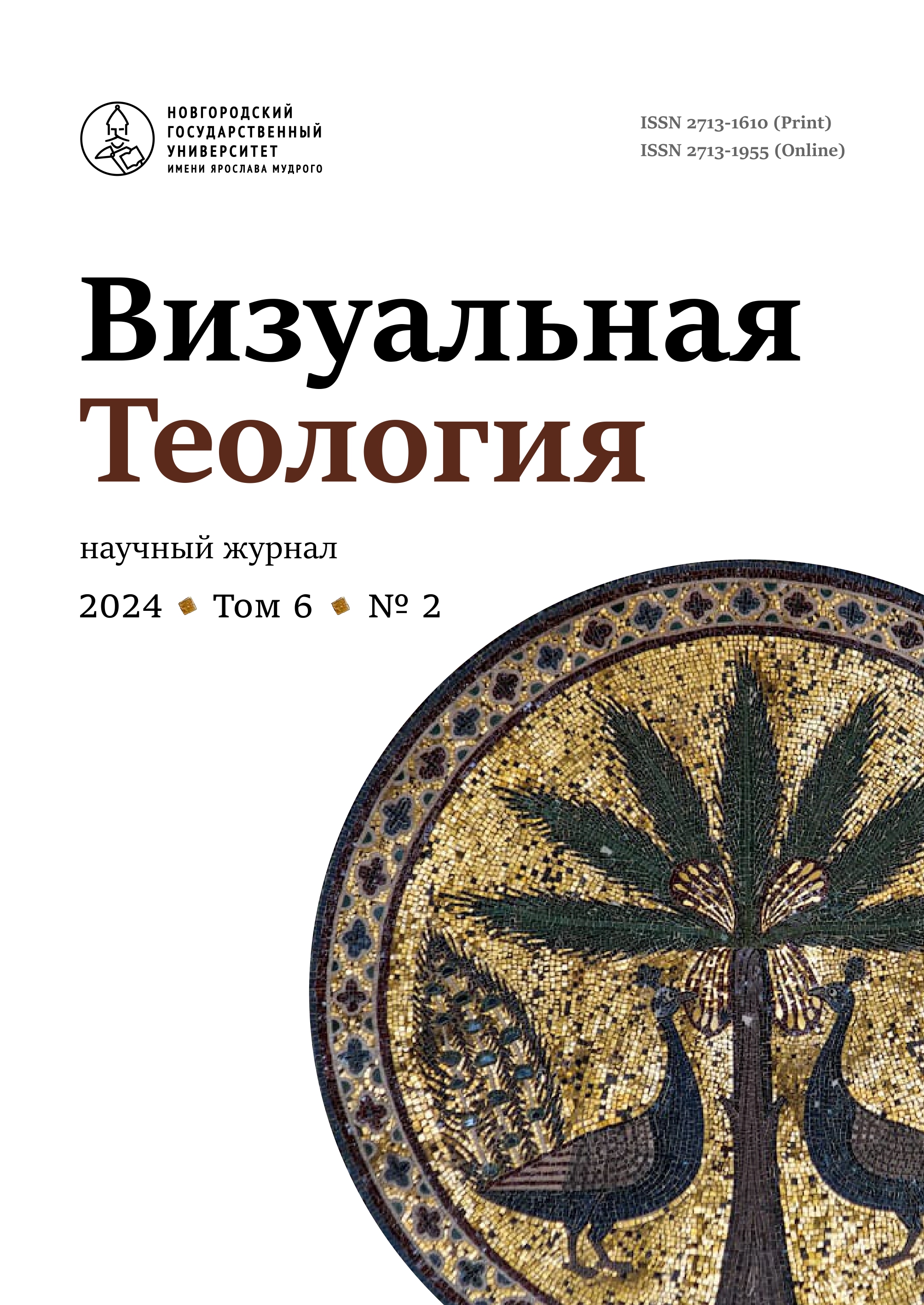About One Group of Ornamental Motifs in the Frescoes of the Assumption Church on Volotovo field
Abstract
The ornamental repertoire of the fresco decoration program of the Assumption Church in Volotovo is distinguished by its extraordinary richness and diversity. Ornamental friezes with ‘architectural’ antiquicising motifs cover the walls and pillars of the church, in particular curb, bar and console friezes, meanders and geometricized plant forms on wooden ties. All of them are quite traditional for Byzantine painting of the first half of the 14th century when classicizing motifs became popular. However, ornamental compositions at the top of the frescoes, on the window slopes, on the vaults of the choir chambers and on the pre-apse arch, as well as in the altar zone are quite unique for their pronounced oriental flavor. These ornamental compositions look like copies of Golden Horde toreutics. The Mongol conquests contributed to large-scale migration processes and new cultural contacts as well as the emergence of new tastes and fashions. The ethnic composition of the craftsmen working for Mongols was quite diverse, which is evidenced in the forms and ornamentation of their artworks. At the same time in Palaeologan Byzantium we see little interest in orientalizing motifs in the background of traditionally prevailing taste for antiquity. It is remarkable that oriental forms are conspicuously absent from other Novgorod monuments, which are normally classified into the same group as frescoes in Volotovo, namely the Church of the Savior on Ilyina Street and Theodore Stratilates Church. Apparently, the influence of the Golden Horde civilization was so significant, that its ornamental repertoire had a wider circulation, greater accessibility and popularity than we are ready to presume.



